I need help identifying this disease please.
E C z7 southeast
last year
Featured Answer
Sort by:Oldest
Comments (11)
E C z7 southeast
last yearRelated Professionals
Owings Mills Landscape Architects & Landscape Designers · South Orange Landscape Architects & Landscape Designers · Suffern Landscape Architects & Landscape Designers · Waunakee Landscape Architects & Landscape Designers · Westwood Landscape Contractors · Avocado Heights Landscape Contractors · Beverly Hills Landscape Contractors · Cary Landscape Contractors · Corona Landscape Contractors · Lake Worth Landscape Contractors · Little Ferry Landscape Contractors · Ronkonkoma Landscape Contractors · Wareham Landscape Contractors · North Hills Landscape Contractors · Honolulu Siding & ExteriorsE C z7 southeast
last yearlast modified: last yearE C z7 southeast
last yearlast modified: last yearE C z7 southeast
last yearlast modified: last yeargardengal48 (PNW Z8/9)
last yearlast modified: last yearE C z7 southeast thanked gardengal48 (PNW Z8/9)E C z7 southeast
last year
Related Stories

FUN HOUZZEverything I Need to Know About Decorating I Learned from Downton Abbey
Mind your manors with these 10 decorating tips from the PBS series, returning on January 5
Full Story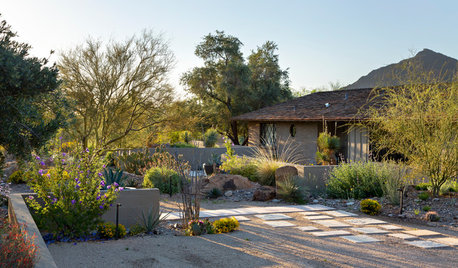
LANDSCAPE DESIGNFire-Wise Landscapes Can Help Keep Your Home and Property Safe
Choose fire-resistant plants and materials and create defensible areas using these design strategies
Full Story
LIFEDecluttering — How to Get the Help You Need
Don't worry if you can't shed stuff and organize alone; help is at your disposal
Full Story
PETSHow to Help Your Dog Be a Good Neighbor
Good fences certainly help, but be sure to introduce your pup to the neighbors and check in from time to time
Full Story
MOST POPULAR9 Real Ways You Can Help After a House Fire
Suggestions from someone who lost her home to fire — and experienced the staggering generosity of community
Full Story
DECLUTTERINGDownsizing Help: How to Edit Your Belongings
Learn what to take and what to toss if you're moving to a smaller home
Full Story
SELLING YOUR HOUSEThe Real Scents That Will Help Sell Your House
Ditch the potpourri and baked cookies. Follow these guidelines on scents to use and avoid to help sell your home
Full Story
GARDENING GUIDESTree Care: Common Tree Diseases and What to Do About Them
Learn to recognize trees that may be affected by diseases or pests so you can quickly take action
Full Story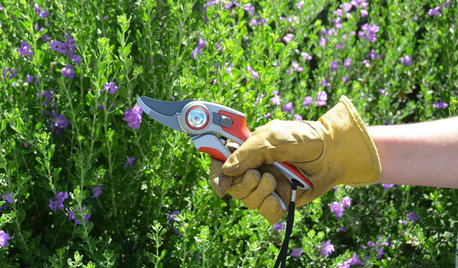
GARDENING 101Key Pruning Terms to Help You Shape Up Your Garden
Learn why heading back, crown raising and other practices are essential for your plants’ health and beauty
Full Story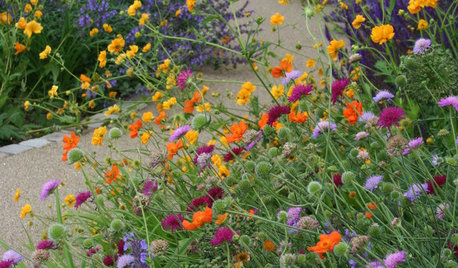
PLANTING IDEAS3 Color Palettes to Help Set Your Garden’s Mood
Select plants in these color combinations to create an outdoor space that’s cheerful, energizing or calming
Full Story





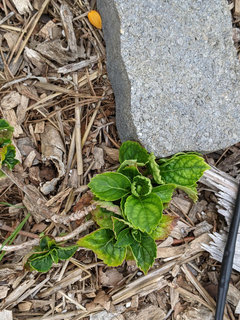
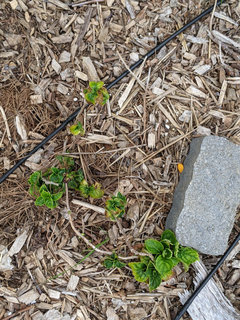
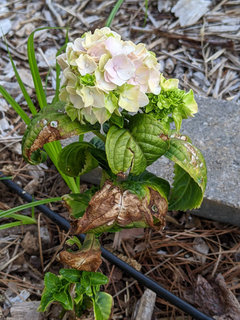
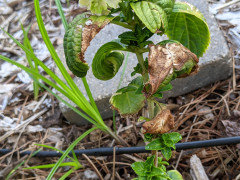
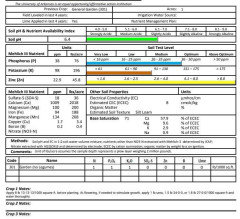
charles kidder